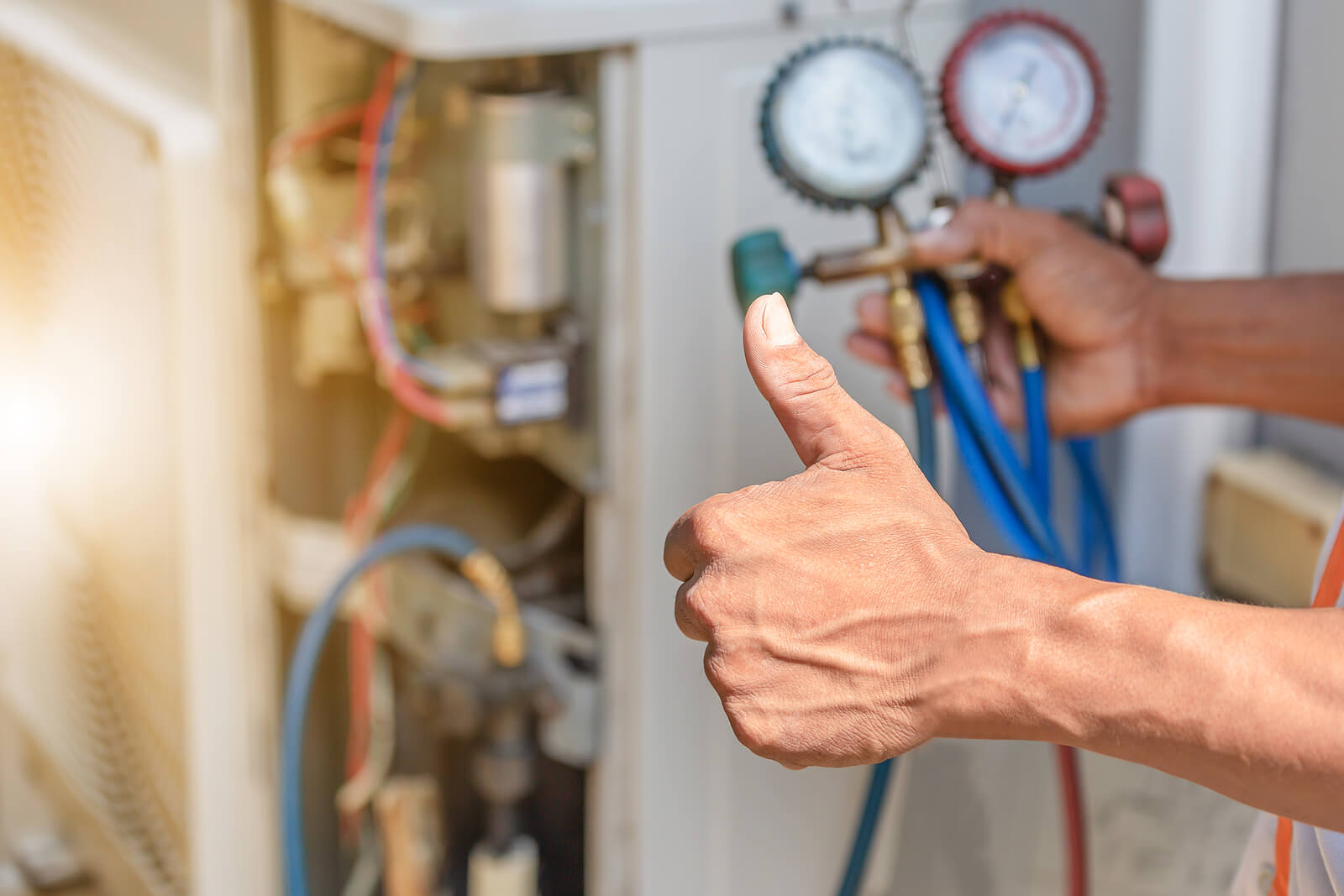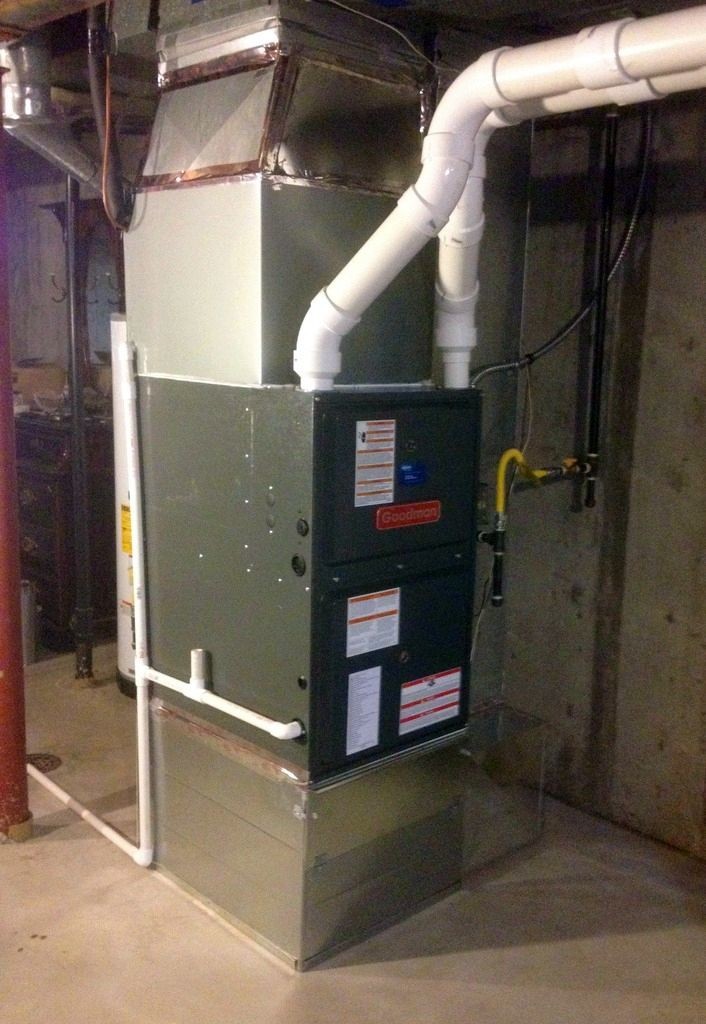HVAC Portland contractors: Expert furnace installation and complete heating solutions
HVAC Portland contractors: Expert furnace installation and complete heating solutions
Blog Article
The Ultimate Overview to Heater Setup for a Cozy Home
Heater setup is a critical element of keeping a comfortable home setting, especially throughout the cooler months. As you think about these elements, the inquiry remains: what actions can you take to ensure your heating system serves you well for years to come?
Kinds Of Heaters

Gas furnaces are one of the most typical option due to their performance and lower functional costs. They use all-natural gas or lp, providing fast heating and consistent efficiency, making them perfect for colder climates.
Electric heating systems, while usually much easier to install and preserve, have a tendency to have greater operational prices. They are commonly favored in locations where gas solution is inaccessible or for homes with existing electrical infrastructure.
Oil heating systems, though much less typical today, remain a practical alternative in specific regions. They burn heating oil, which can be advantageous throughout cooler months, but their reliance on oil shipment positions possible obstacles.
In addition, there are high-efficiency designs offered throughout these types, which can significantly lower power intake and utility costs - furnace installation. Inevitably, comprehending these heater types will certainly aid house owners select a system that lines up with their heating requires, budget plan, and energy choices
Choosing the Right Size
Picking the suitable dimension for a furnace is crucial to making certain optimum performance and power efficiency. A small furnace will struggle to preserve comfy temperature levels during the chilly months, resulting in enhanced wear and tear, higher power expenses, and prospective system failure. Alternatively, an oversized furnace may cycle on and off too often, resulting in inefficient home heating and uneven temperature distribution within the home.
To determine the proper heater size, a computation referred to as the Guidebook J load calculation should be executed. This process assesses numerous aspects, consisting of the square footage of the home, insulation degrees, window sizes, and neighborhood climate conditions. This detailed analysis guarantees that the furnace satisfies the specific heating needs of the area.

Installment Process Review
In regards to materials, you will need ductwork, insulation, and sealing tape to ensure ideal air flow and energy performance - furnace installation. It is also vital to have a brand-new heating system filter handy, in addition to airing vent products, such as PVC pipeline or metal flue, relying on the sort of heater being installed
Safety and security equipment, including handwear covers, safety glasses, and a face mask, is likewise crucial to protect against dirt and particles during installation. Having all these tools and materials easily available not just enhances the process but likewise boosts the security and performance of the furnace installment.
Maintenance Tips for Longevity
To make certain the long life of your heater, it is necessary to carry out a routine upkeep schedule that resolves key parts of the system. Begin by replacing or cleaning the click site air filter each to 3 months, as a blocked filter can limit air movement and decrease efficiency. Additionally, check and clean the blower assembly to avoid dust buildup that can impede performance.
Next, check the thermostat settings and recalibrate if needed to ensure precise temperature level policy. Evaluate the ductwork for leaks or obstructions, as this can bring about power loss and irregular heating. Frequently oil the motor and bearings according to the supplier's recommendations to minimize damage.
Expert examinations should occur annually, where a qualified professional can evaluate the heating system's general problem, check for gas leaks, and guarantee that security attributes are functioning correctly. Take into consideration mounting a programmable thermostat to optimize power use and maintain constant home temperatures. By adopting these upkeep methods, you read here can improve your heating system's efficiency, extend its life expectancy, and ultimately enjoy a comfortable and comfortable home environment.
Final Thought

Report this page